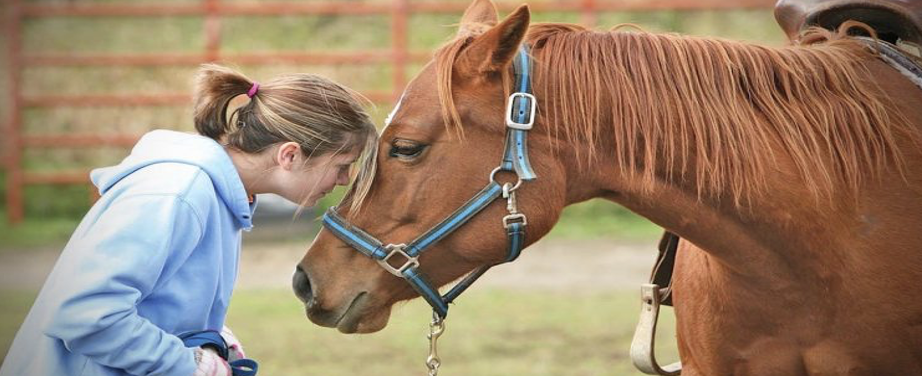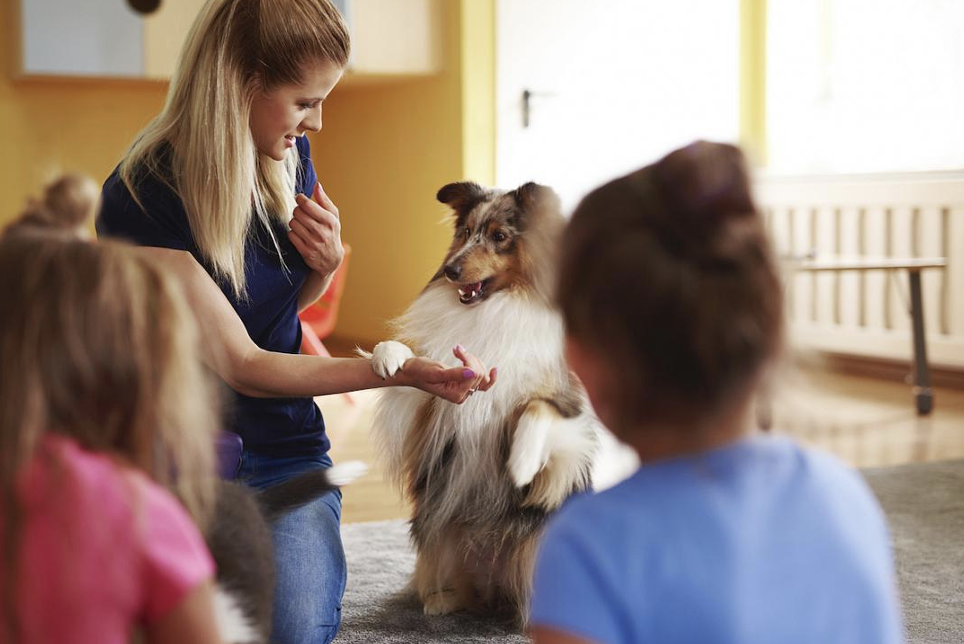
Animal-assisted therapy is a therapeutic intervention that incorporates animals, such as horses, dogs, cats, and birds, into the treatment plan.
The client, therapist, and animal work together in therapeutic activities that are outlined in a treatment plan, with clear goals for change, measurable objectives, and the expectation of identifiable progress toward the treatment goals. The therapy can take many forms, based on the patient, the animal, and the goals for treatment.
Animal-assisted therapy can be a useful intervention for some individuals or groups. It can help with a variety of experiences and conditions including:
- Stress
- Anxiety
- Depression
- Autism
- ADHD
- Addiction
- Schizophrenia
- Emotional and behavioral problems in children
- Alzheimer’s disease
- Some medical conditions
- Anyone who dislikes or fears animals or is allergic to them, is not a likely candidate for this particular intervention.
How It Works
While animal-assisted therapy can help many people, more rigorous clinical trials are needed to assess its efficacy. Research suggests that some studies of the treatment are methodologically flawed.
Animal-assisted therapy is rooted in the bond that can develop between people and animals. Animals can provide a sense of calm, comfort, or safety and divert attention away from a stressful situation and toward one that provides pleasure. Animals can help combat loneliness and boost social support, both through interactions with the animal and interactions that involve other people. Animals can lead people to get more physical activity than they would otherwise.
Advocates of animal-assisted therapy say that developing a bond with an animal can help people develop a better sense of self-worth and trust, stabilize their emotions, and improve their communication, self-regulation, and socialization skills.
What to Expect
Depending on the nature of your therapy and the type of animal involved, you might keep a dog, cat, or other pet at home and at your side throughout the day for emotional support, or you might learn to ride and care for a therapy horse that is housed at an equestrian school.
You and your therapist may discuss your animal while you are working with it, or you might set aside another time to talk about your experiences. If you are in a hospital, school, nursing home, rehabilitation center, or another type of community center, you might not have a relationship with a psychotherapist, but a volunteer with a trained therapy pet might visit you.
